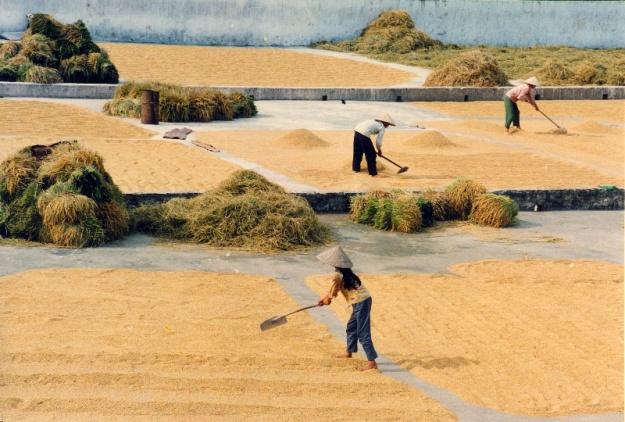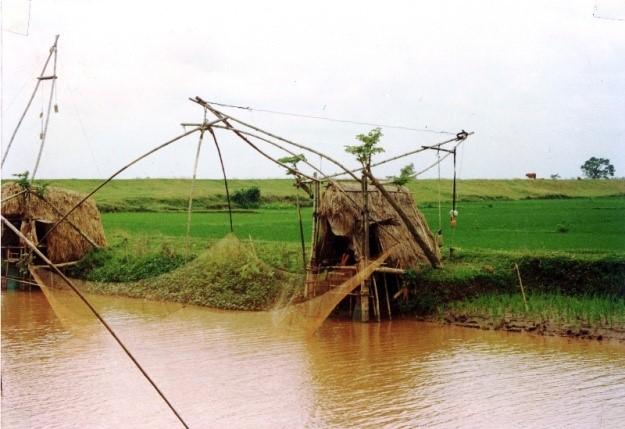

The Viet, or Kinh people, is one of three ethnic group of the Viet-Muong language group with a population of over 73,594,000 (2009), making up 86% of the national population. They live throughout the country, but are concentrated primarily in the deltas, midlands, and coastal regions. The most ancient form of political organization dates to the beginning of the first millennium B.C.
The village is the basic residential unit and the place of economic and cultural life. Every village has its own communal house (dinh) honoring the village’s tutelary spirit (thanh hoang), as well as a Buddhist pagoda and other temples worshipping legendary heroes in history and culture.
Urbanization occurred early and developed over time, with towns becoming economic, political, and cultural centers. The Viet selected and adapted Chinese, Indian, and Western cultural influences, while preserving their own language and distinctive cultural identity. The classical Chinese (Han) and demotic (Nom) writing systems and the modern quoc ngu alphabet have played an important role in the nation’s development.
In the “Bronze Drum” Building of the Vietnam Museum of Ethnology, the space of the Viet people on the first floor opens the visiting route of the exhibition Peoples of Vietnam. More than 70 objects of the Viet have been selected and introduced in topics such as water puppet, Mother Goddess worship, musical instruments, folk toys, handicrafts such as bronze casting, wood carving, Dong Ho painting et cetera. Some impressive reproduction spaces are arranged in this part such as making conical hats, bicycle carrying fishtraps, and family ancestors. The topics are illustrated with lively fieldwork photos and condensed texts. Information in the exhibition is presented in three languages: Vietnamese, French, and English.

